
Notes on ICRA 2018
Here are my notes from my first ever visit to a robotics conference — ICRA 2018. Coming from machine learning background many things were very novel to me, but it was interesting to note the influence machine learning is having on the field. Neural networks were mentioned in every second talk and while there is a general skepticism about DNNs being the ultimate solution, people like the thought of robots learning their behaviors.
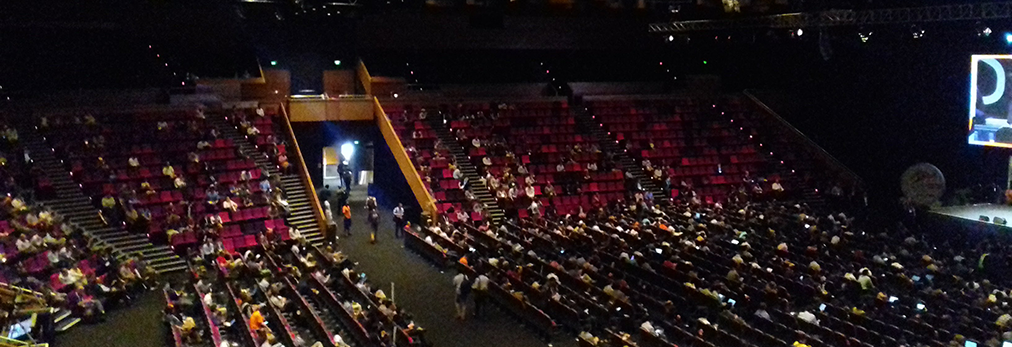
Workshops
Machine Learning in Planning and Control of Robot Motion
|
|
|
Workshop on Informative Path Planning and Adaptive Sampling
|
|
Long-Term Autonomy and Deployment of Intelligent Robots in the Real-World
|
|
|
EXPO
Day 1
|
|
|
Robotics Startup Competition
| Purple Robotics Drones for work. Up to 90 minutes flight! 30+ minutes with 1.5kg payload. |
HEBI Robotics Modular hardware and software platform. |
EyeSight Tactile display for blind people. |
| aubot Modular telepresence bot. |
Anybotics Legged robotis for dangerous environment, sensors for gas and stuff, www.anybotics.com |
Day 2
Day 3
|
|
|
Robowars Brisbane
Satellite event “Robowars Brisbane 2018” provided a good explanation why do people actually do all of the stuff above:
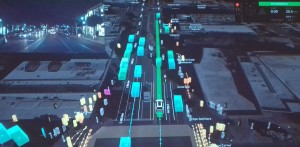
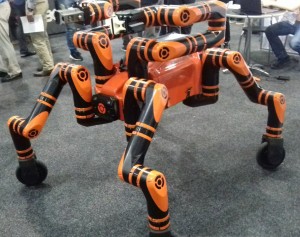
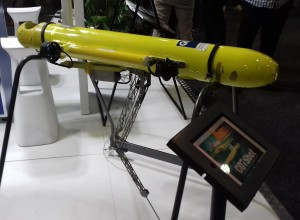
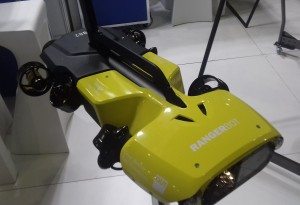

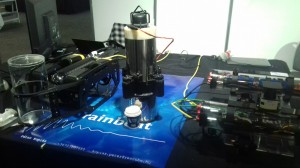

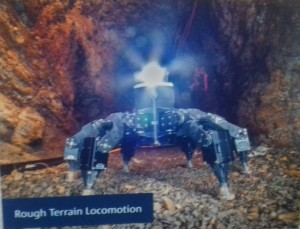
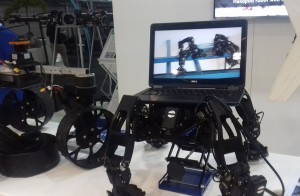
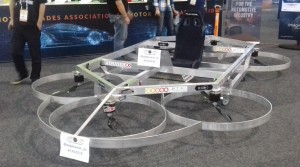
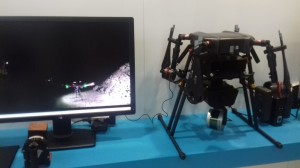
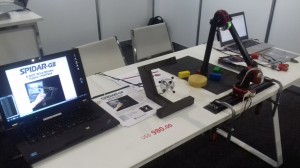

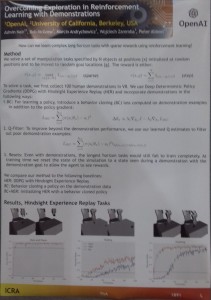
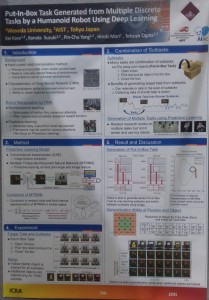

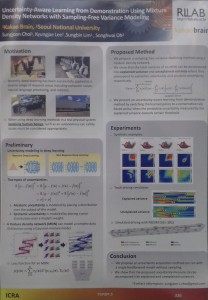
No comments yet.